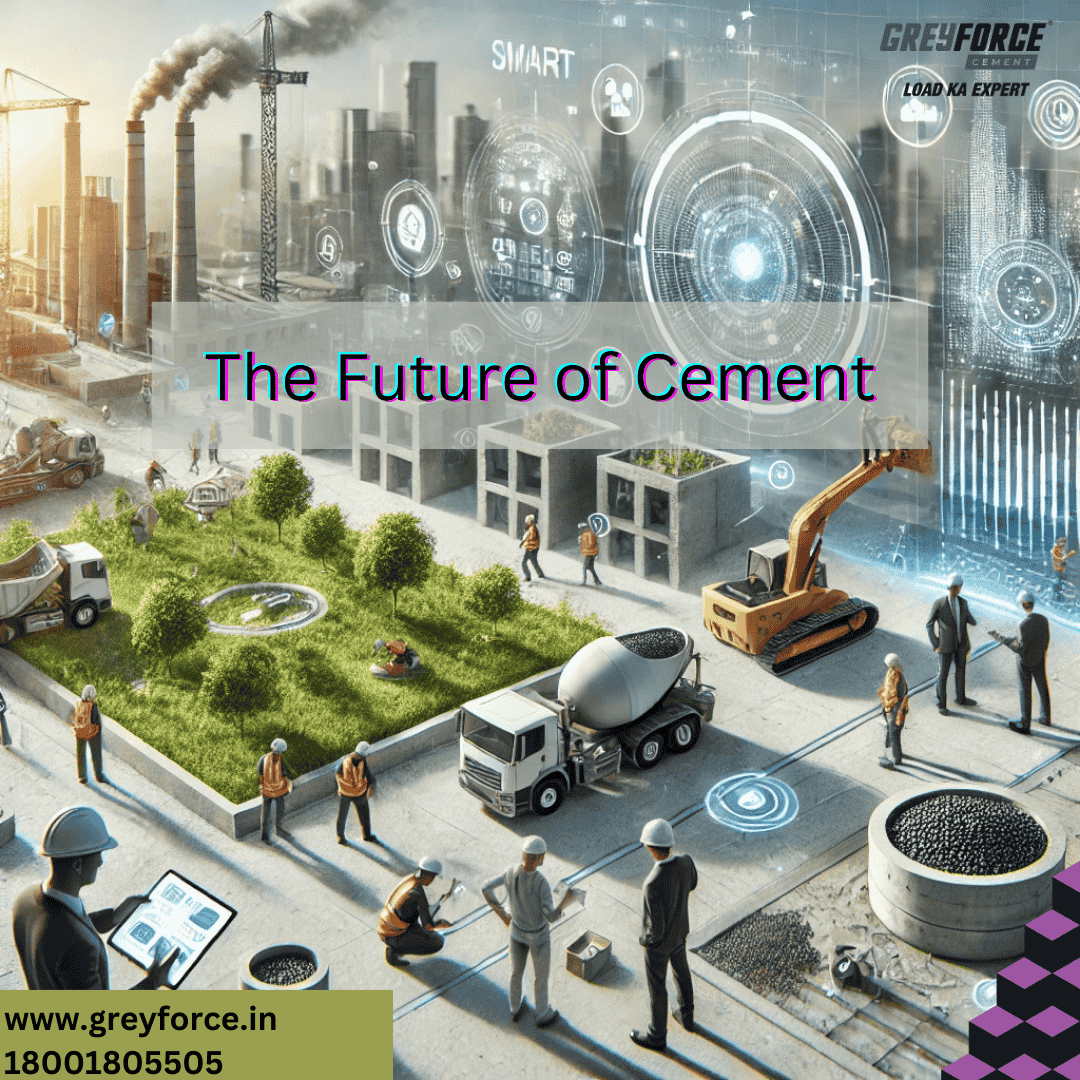
As the construction industry progresses, so does the cement that builds the foundation of our homes, workplaces, and cities. Cement has long been known as the backbone of infrastructure, but today, innovations are shaping a new future for this essential material. The demand for sustainable, resilient, and high-performance structures is inspiring researchers and engineers to explore groundbreaking technologies and materials. Let’s dive into some of these advancements and their impact on the future of cement.
- Eco-Friendly Cement Alternatives
One of the most exciting trends is the shift towards eco-friendly cement alternatives. With increasing concerns about carbon emissions, researchers are developing alternatives to traditional Portland cement. Options like geopolymer cement, made from industrial byproducts, and magnesium-based cement have a smaller carbon footprint. These alternatives are promising for a sustainable future, reducing the environmental impact of construction while maintaining the strength and durability essential for lasting structures.
- Self-Healing Cement
Imagine a cement that can heal itself! Self-healing cement is a revolutionary material that uses bacteria or chemical compounds to fill in cracks and prevent structural weakness. When cracks occur, these materials activate and repair the damaged areas, reducing the need for extensive maintenance and repairs. This technology is particularly beneficial for infrastructure in remote or hard-to-reach locations, offering a longer lifespan for buildings and bridges and minimizing the costs associated with repairs.
- Smart Cement for Modern Construction
Smart cement integrates sensors and digital technologies into the material, allowing real-time monitoring of structures. These sensors can measure changes in temperature, moisture levels, and even structural shifts. By gathering data, smart cement helps construction teams assess and address issues before they become major problems. This real-time insight is invaluable for improving safety and ensuring the longevity of critical infrastructure like high-rise buildings, tunnels, and bridges.
- Carbon Capture and Utilization (CCU)
Another cutting-edge technology is Carbon Capture and Utilization (CCU), which focuses on capturing CO₂ emissions produced during cement manufacturing and converting them into usable materials. This process not only reduces emissions but also offers an opportunity to repurpose CO₂ in the construction process. CCU cement is paving the way for a greener industry, potentially turning harmful emissions into a valuable resource, aligned with global sustainability goals.
- 3D Printed Cement Structures
The integration of 3D printing in construction is transforming the way buildings are designed and constructed. 3D printing with cement allows for greater precision, speed, and flexibility in creating structures, with less material waste. This technology opens doors to customizable designs and shapes that were previously difficult to achieve with traditional construction methods. As 3D printing becomes more refined, it is expected to significantly reduce construction time and labor costs.
- Lightweight and High-Strength Cement
Advances in materials science have also led to the development of lightweight yet high-strength cement, ideal for modern urban infrastructure. These materials are designed to reduce the weight of buildings without compromising on strength. Lightweight cement is especially beneficial for tall buildings and bridges, where weight is a critical factor. This innovation is also helping reduce transportation costs and energy consumption during construction.
Looking Ahead: Cement in a Changing World
The future of cement is one of sustainability, resilience, and adaptability. As we embrace these technologies, the cement industry is poised to become greener, smarter, and more efficient. Whether it’s through self-healing properties, eco-friendly alternatives, or data-driven insights, these advancements are transforming cement from a traditional material to a dynamic contributor to the future of construction.
The innovations on the horizon underscore the cement industry’s commitment to evolving in step with global demands for sustainable infrastructure and innovative building solutions. At GreyForce Cement, we’re proud to be part of an industry shaping the future of construction and building a better tomorrow for all.


